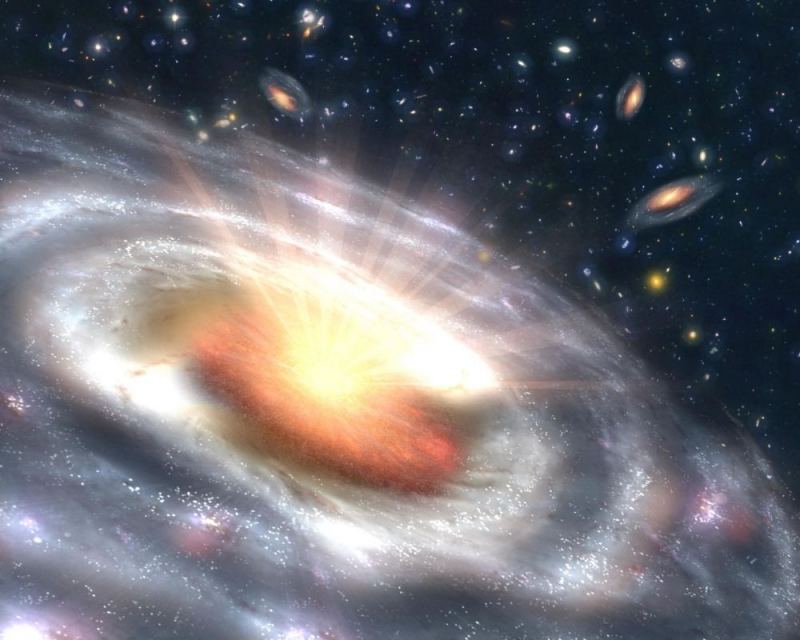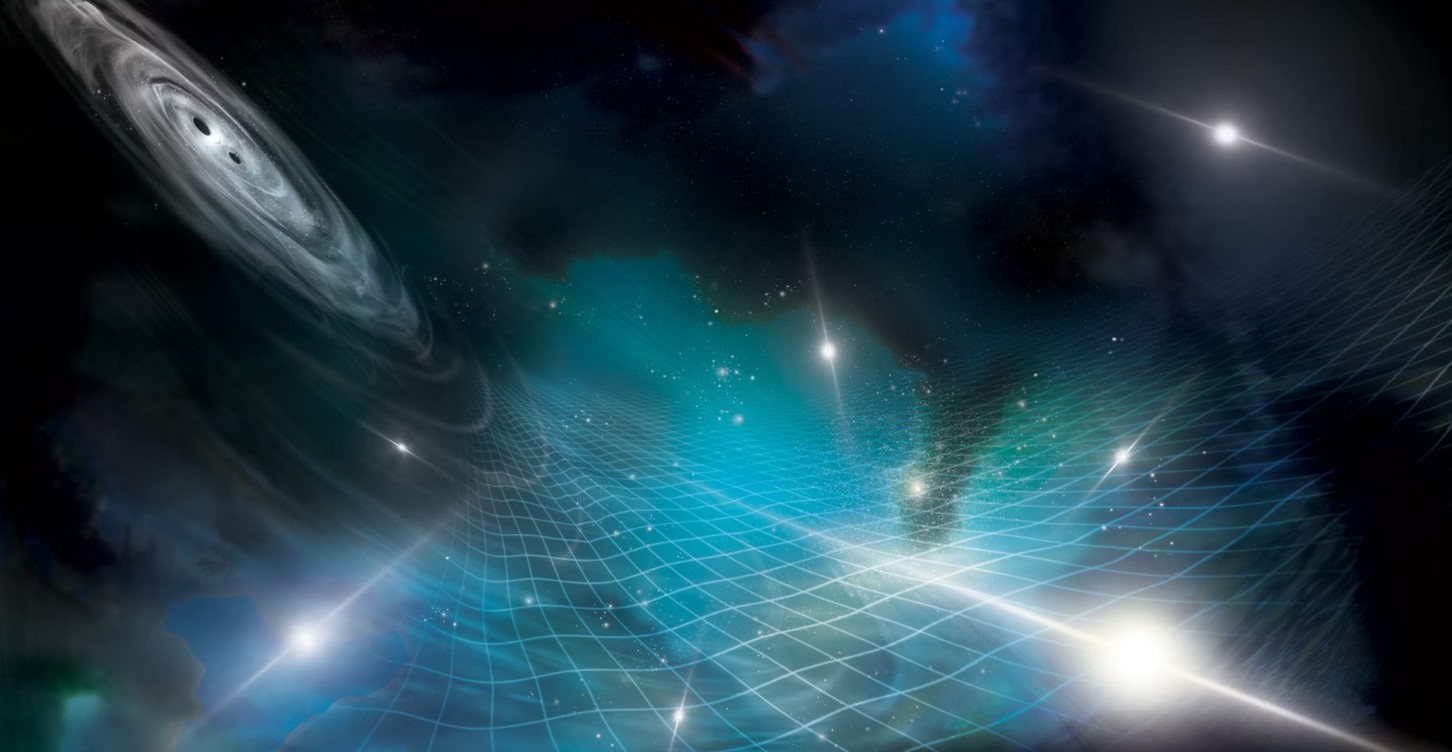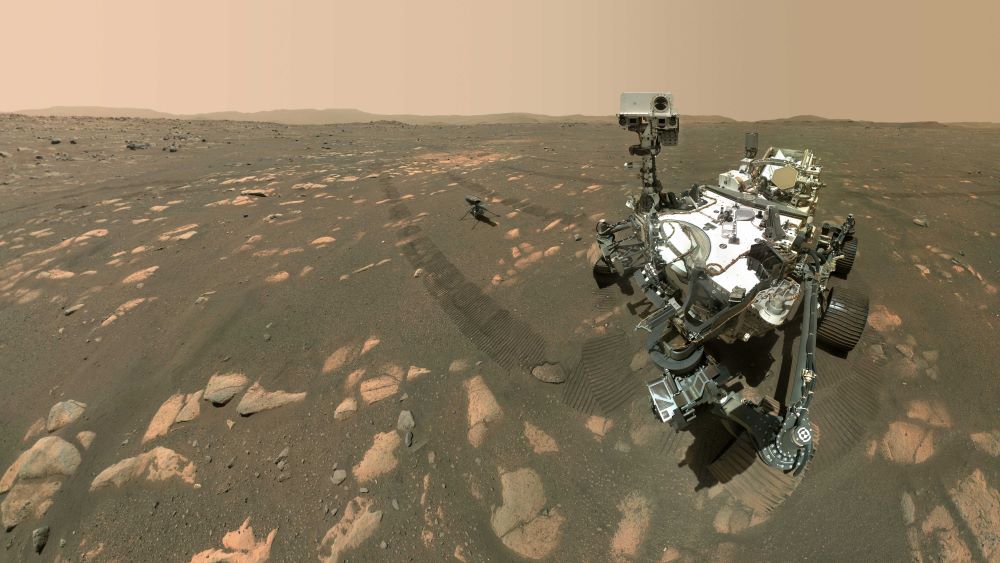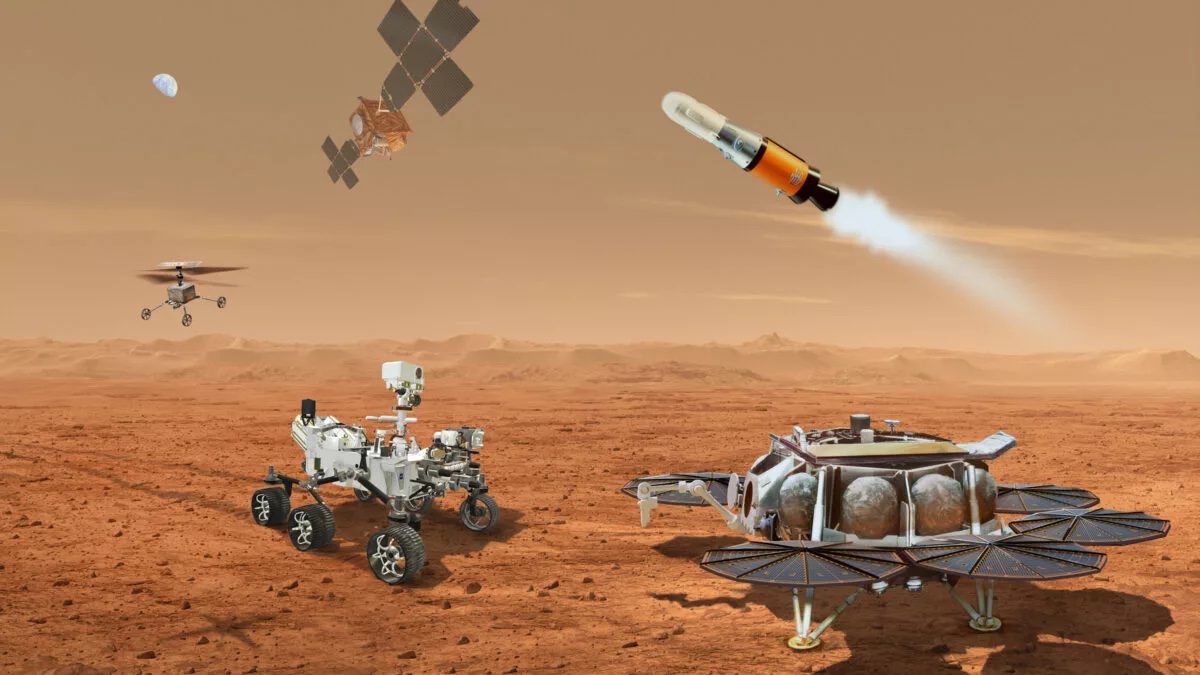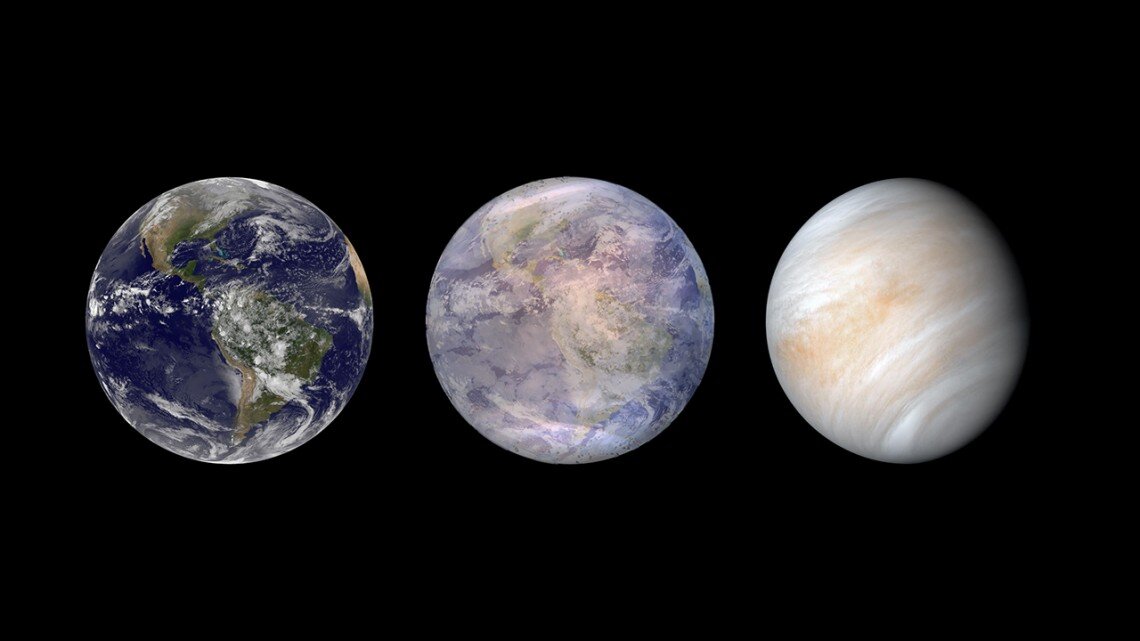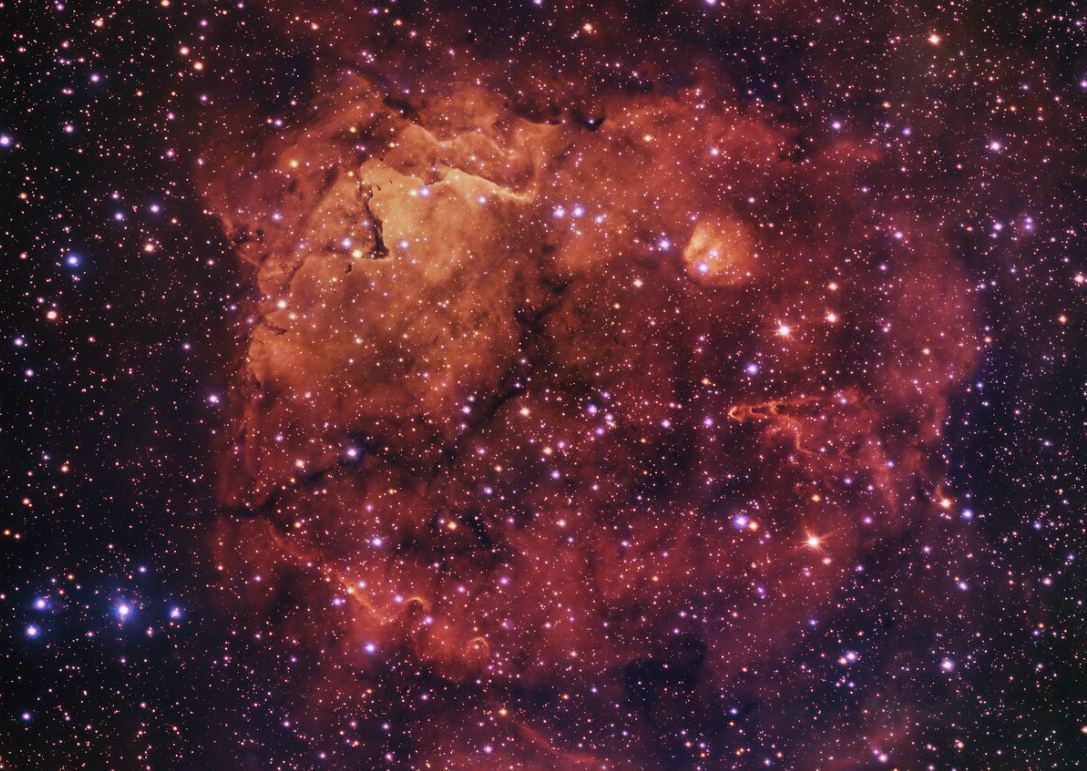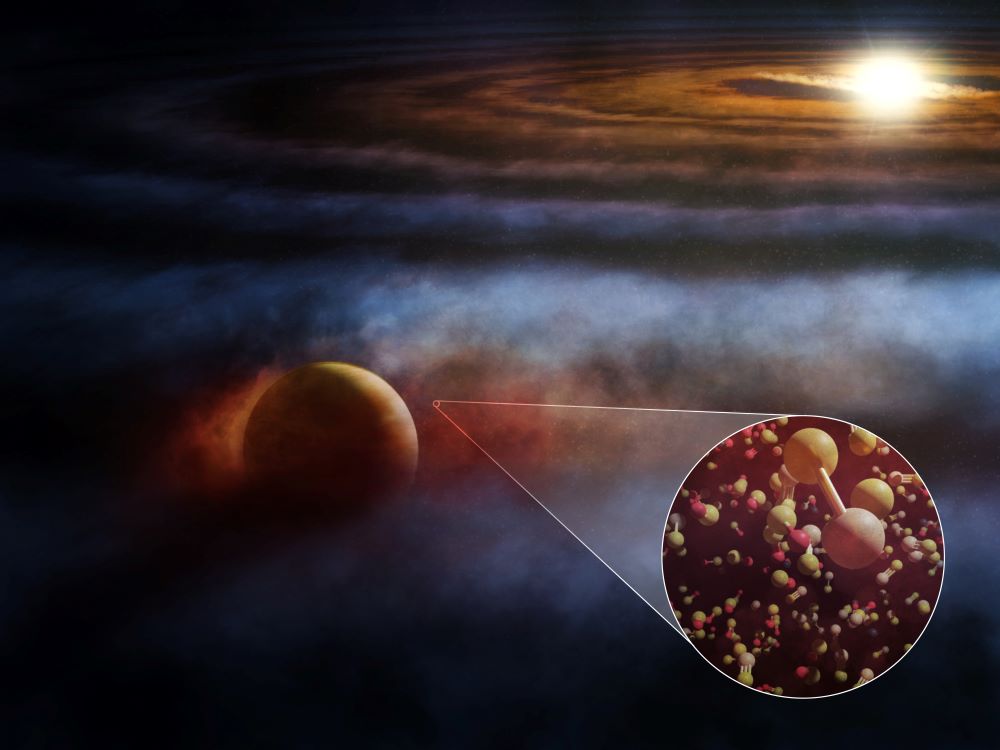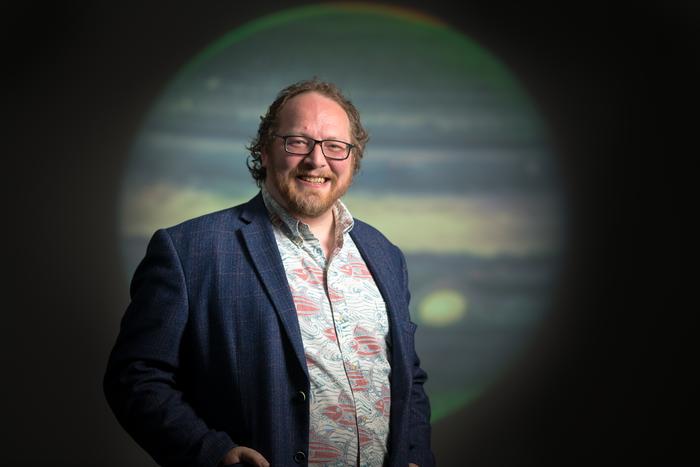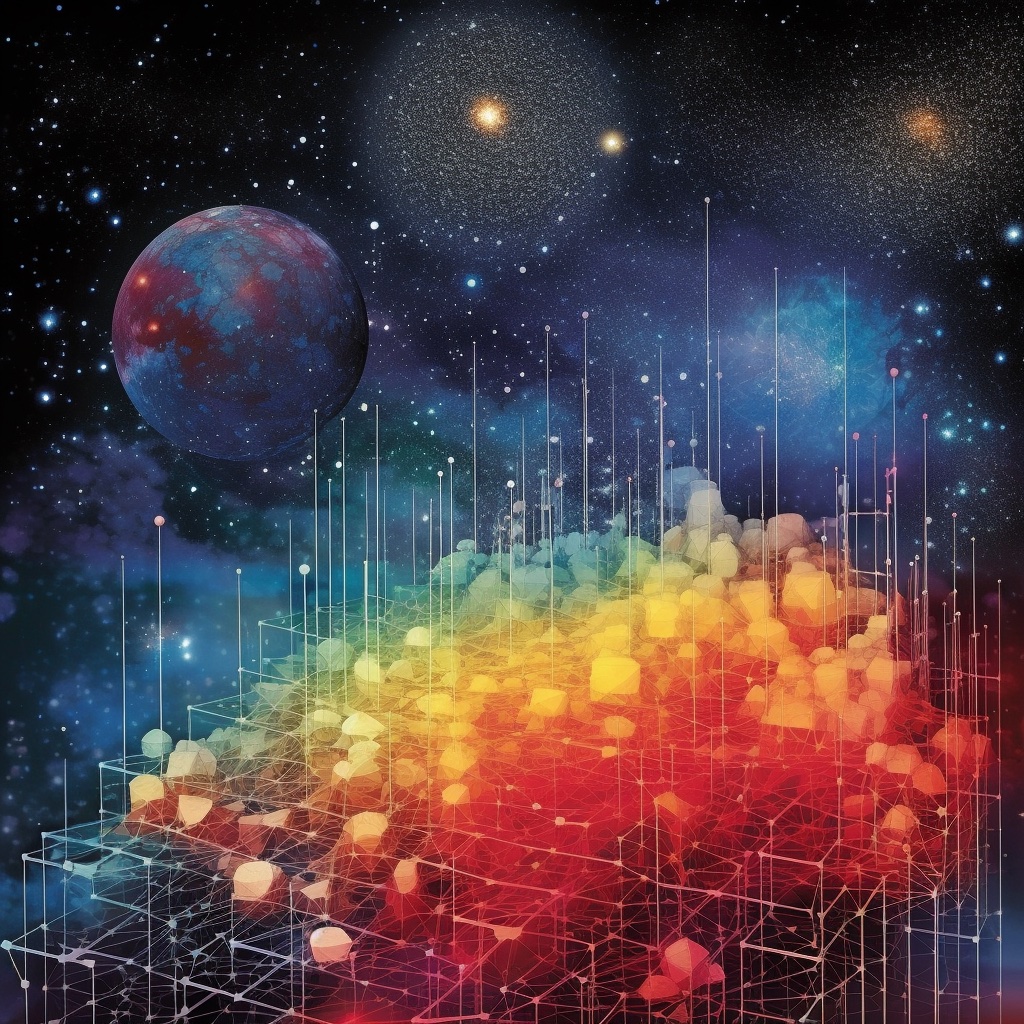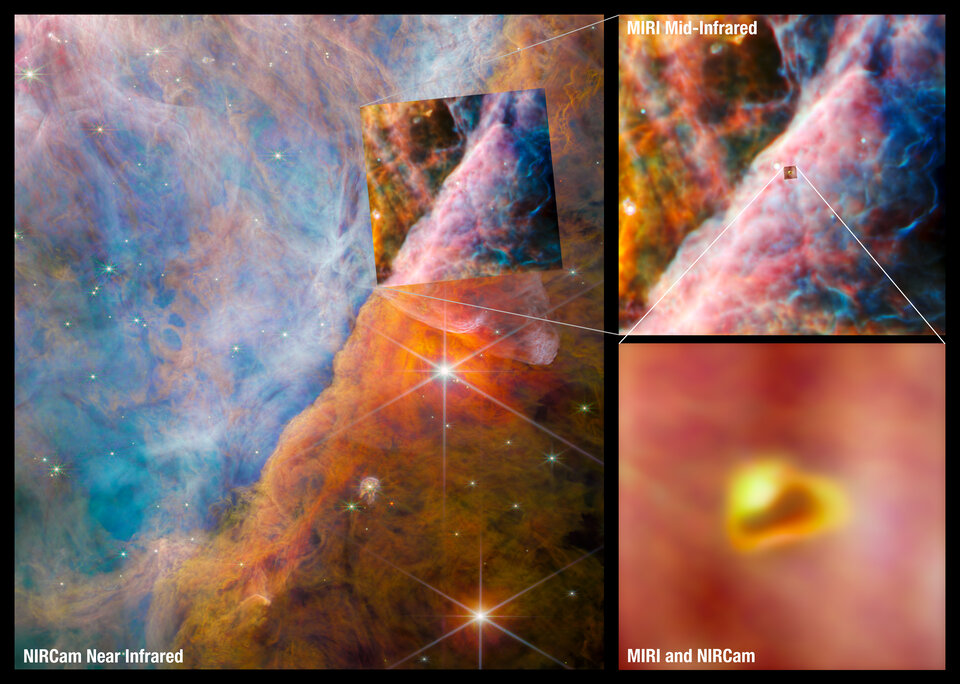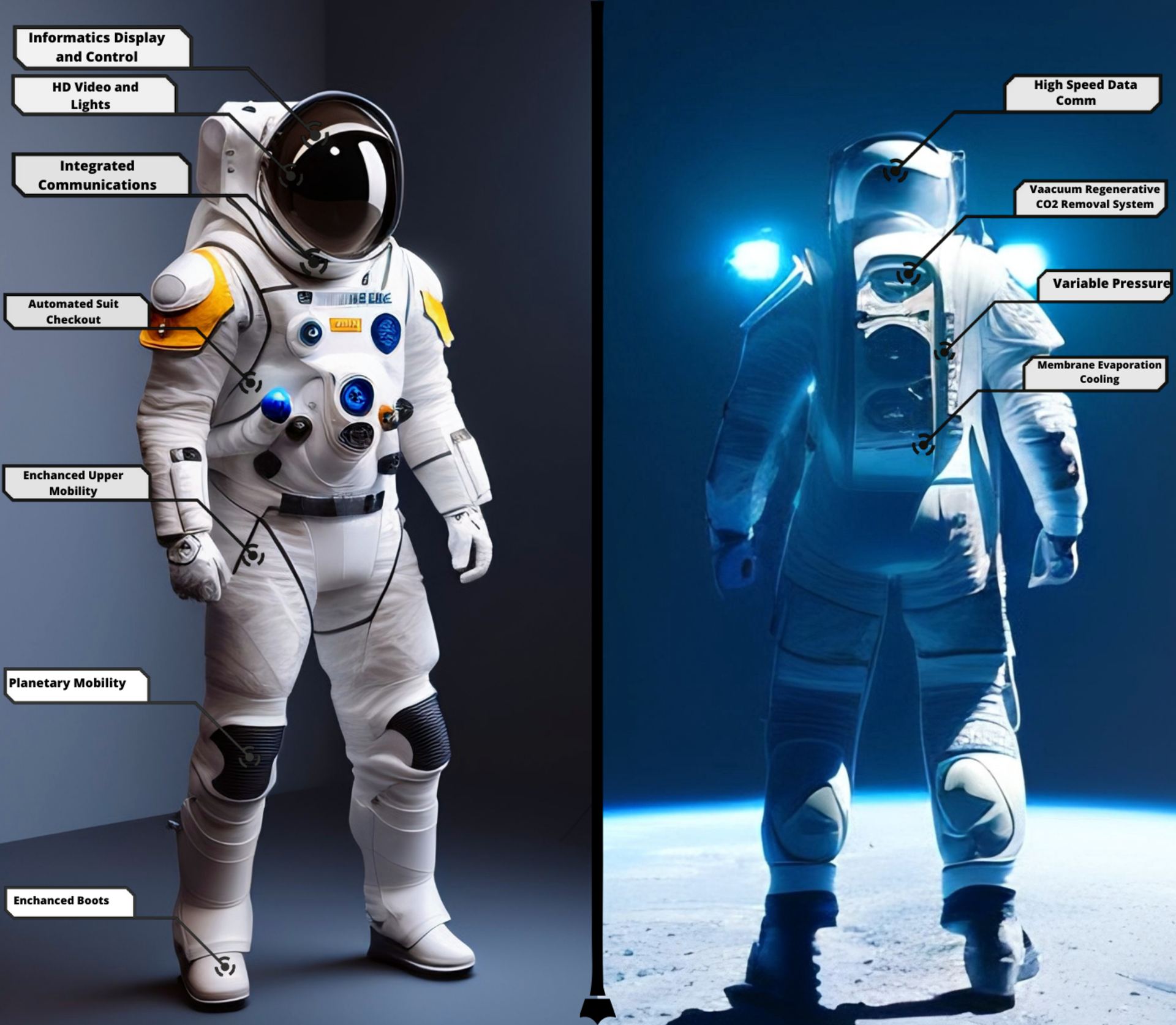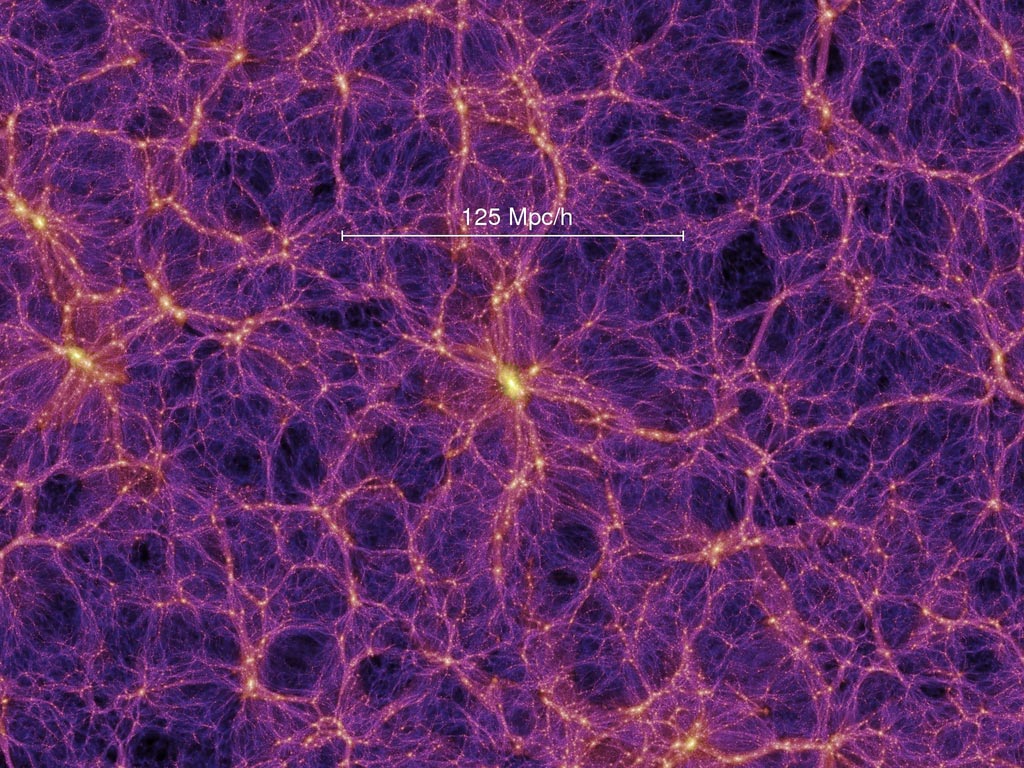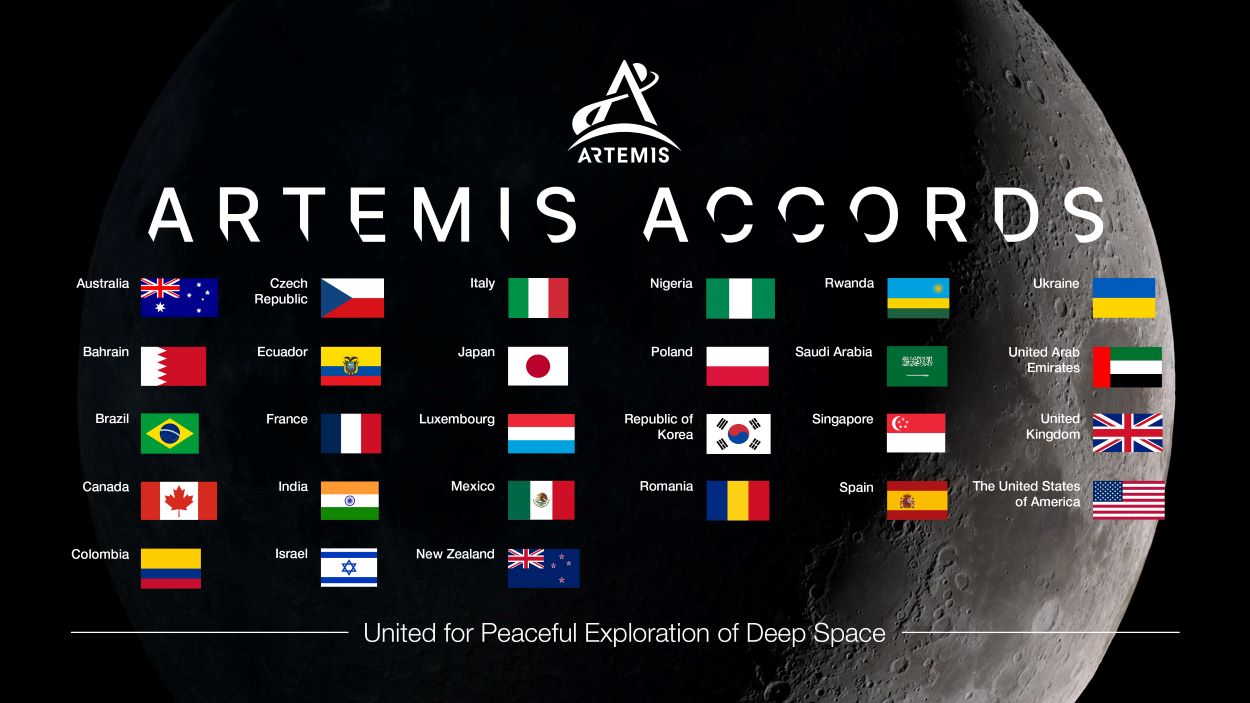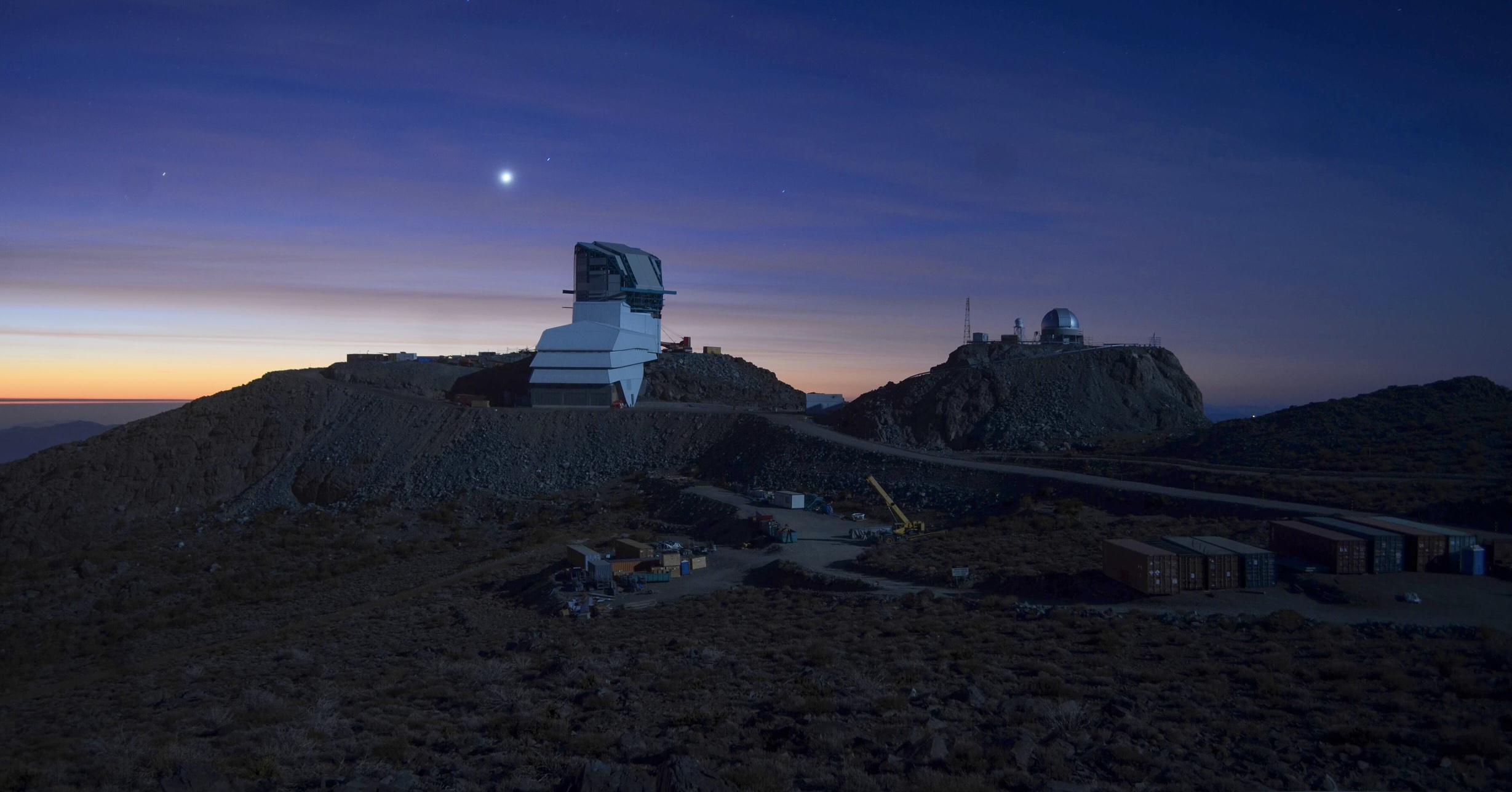
The Vera Rubin Observatory and the Nancy Grace Roman Telescope are two powerful astronomical instruments due to come online in the next couple of years. While Rubin is a ground-based telescope, scanning the southern hemisphere every few nights, Roman is a space telescope with a wide-field view of the cosmos. They're two different instruments but will work as powerful partners, studying gravitational microlensing events, using variable stars to measure distances in the cosmos, and much more.
Continue reading
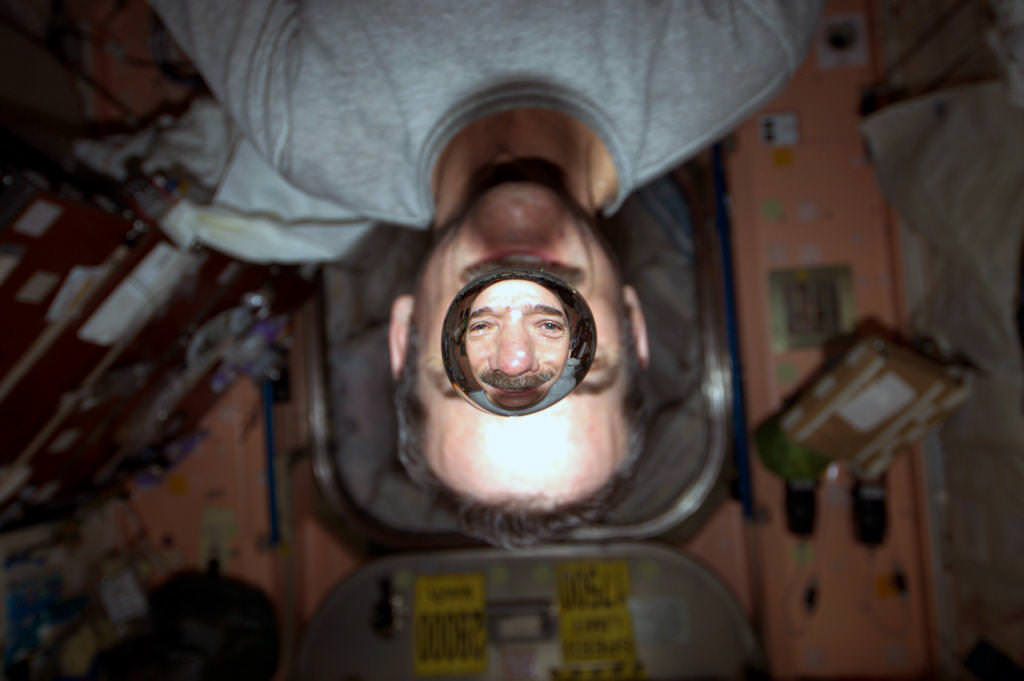
Thanks to a new subsystem, called the Brine Processor Assembly (BPA) astronauts aboard the ISS can now recover most of their urine for drinking!
Continue reading
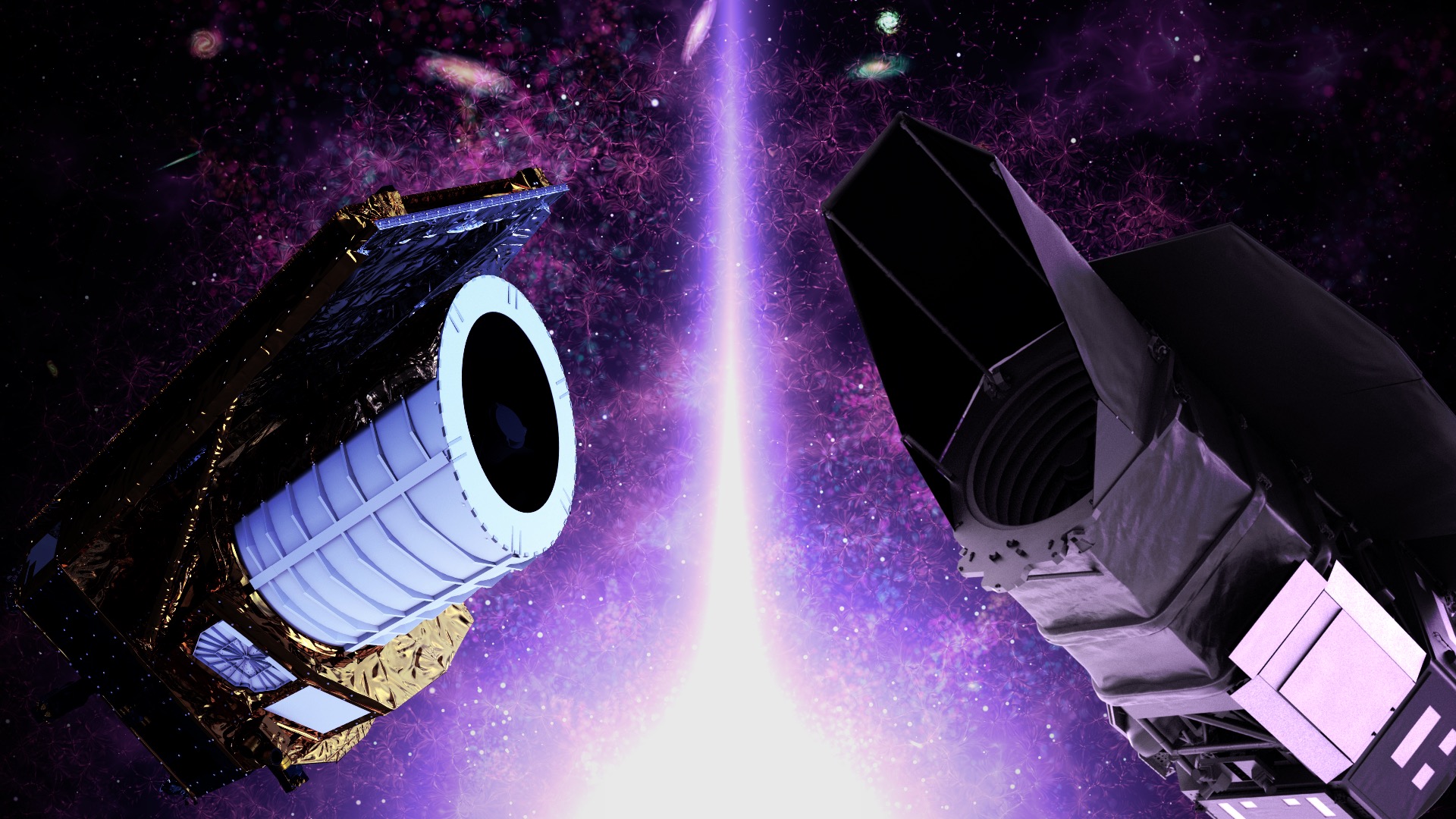
The ESA's Euclid and NASA's Nancy Grace Roman space telescope will work together to resolve the mystery of cosmic expansion!
Continue reading
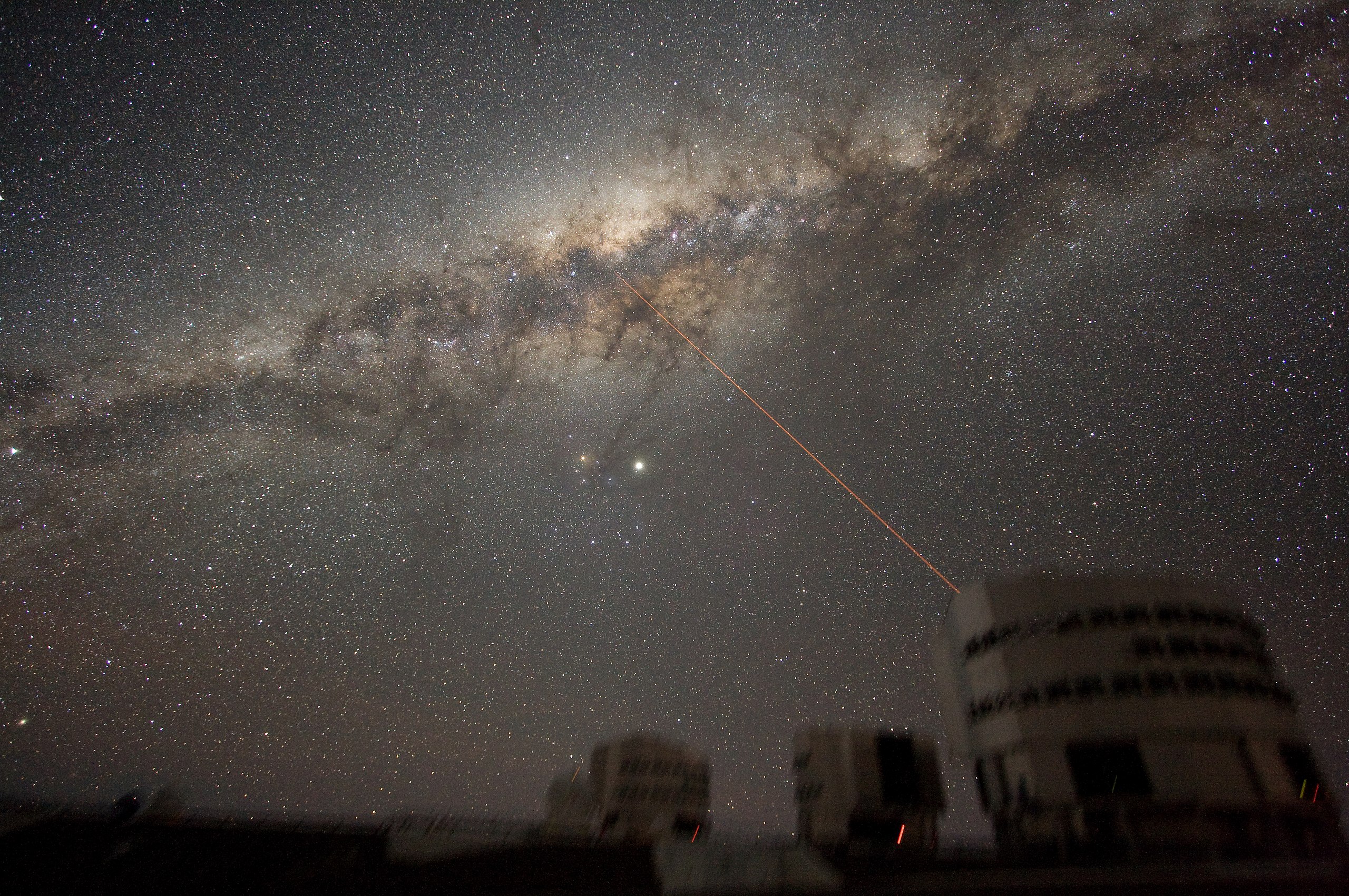
Even though we're embedded inside the Milky Way, we don't know precisely what our galaxy looks like. Astronomers have had to build up a map of our galaxy slowly and carefully by measuring the distance to various structures and mapping them into three dimensions. What would it look like if you could travel millions of light-years away and observe the galaxy from afar? How would its overall chemical composition compare to other galaxies in the Universe?
Continue reading
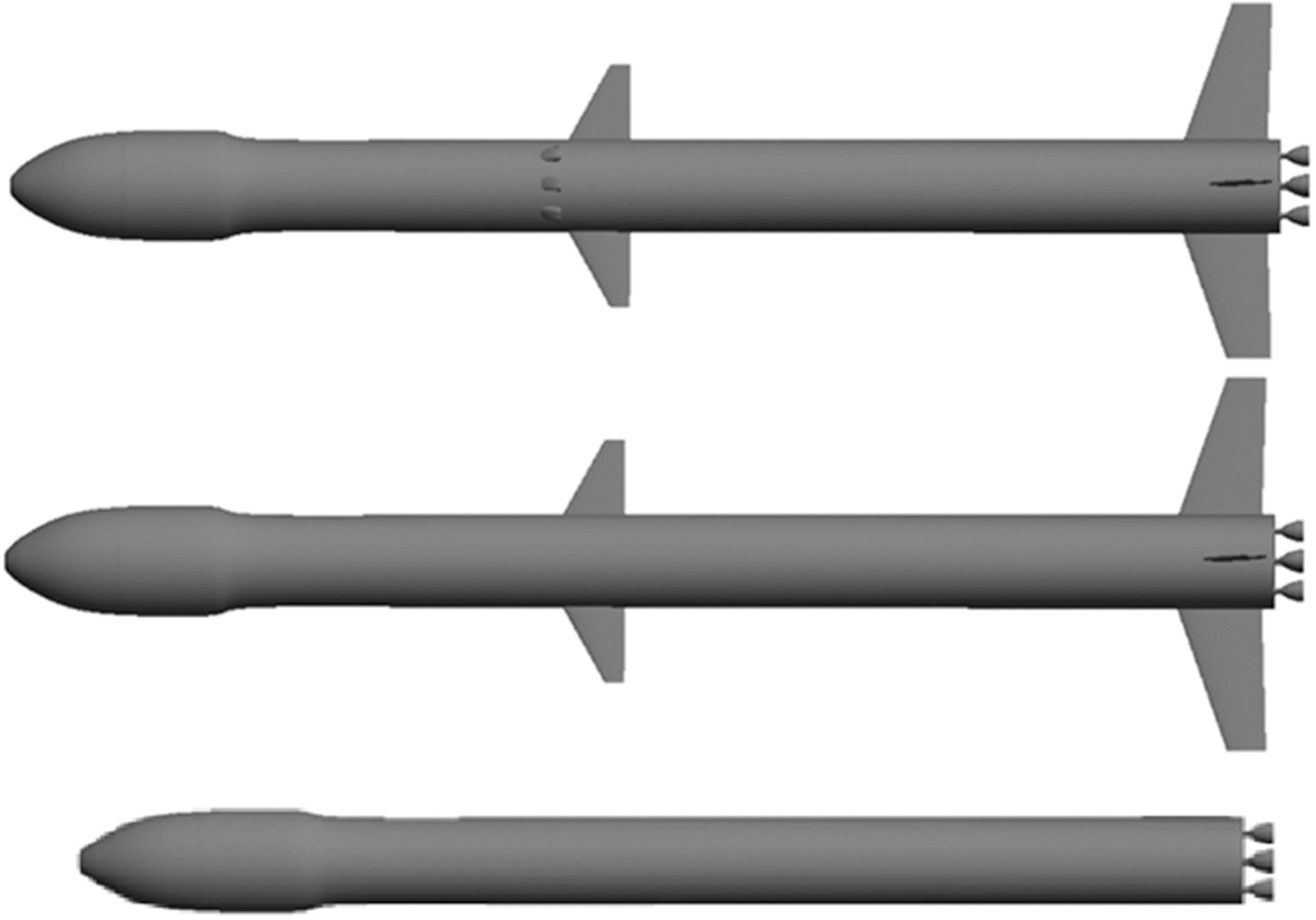
A study supported by the French Space Agency describes a "reusability kit" that will make any first stage booster retrievable.
Continue reading
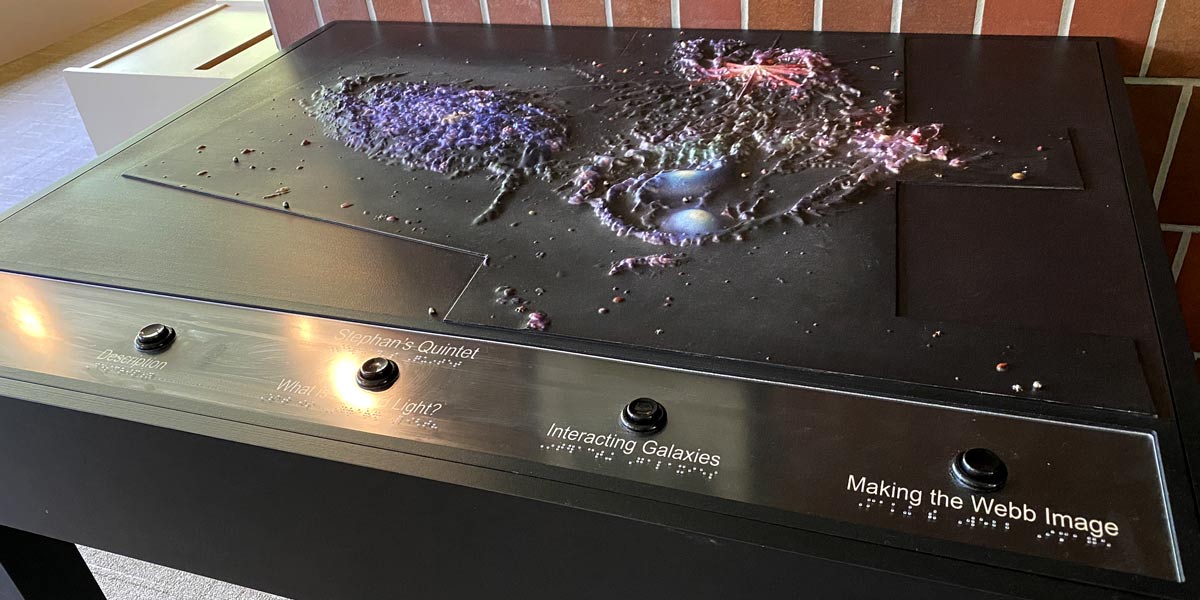
Astronomy is a visual science, gathering data with electromagnetic radiation with different detectors, including our eyes. Now experts have converted various visual images into sonograms, allowing you to listen to the pictures. This is perfect for people with vision problems but also allows a different sense to spot exciting features that your eyes might miss. They've also created tactile versions of astronomical objects so you can feel the structures of galaxies, black holes, and star-forming nebulae with your hands.
Continue reading
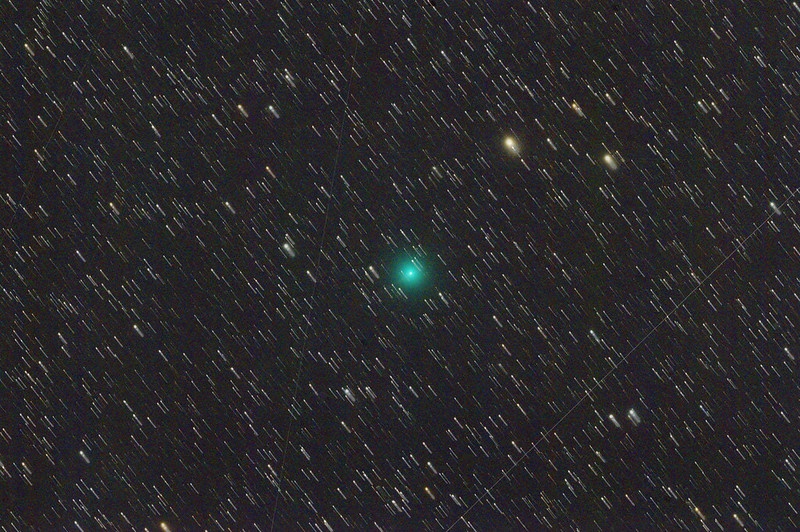
Comet C/2023 E1 ATLAS skirts the northern pole for summer northern hemisphere observers.
Continue reading

 Universe Today
Universe Today
